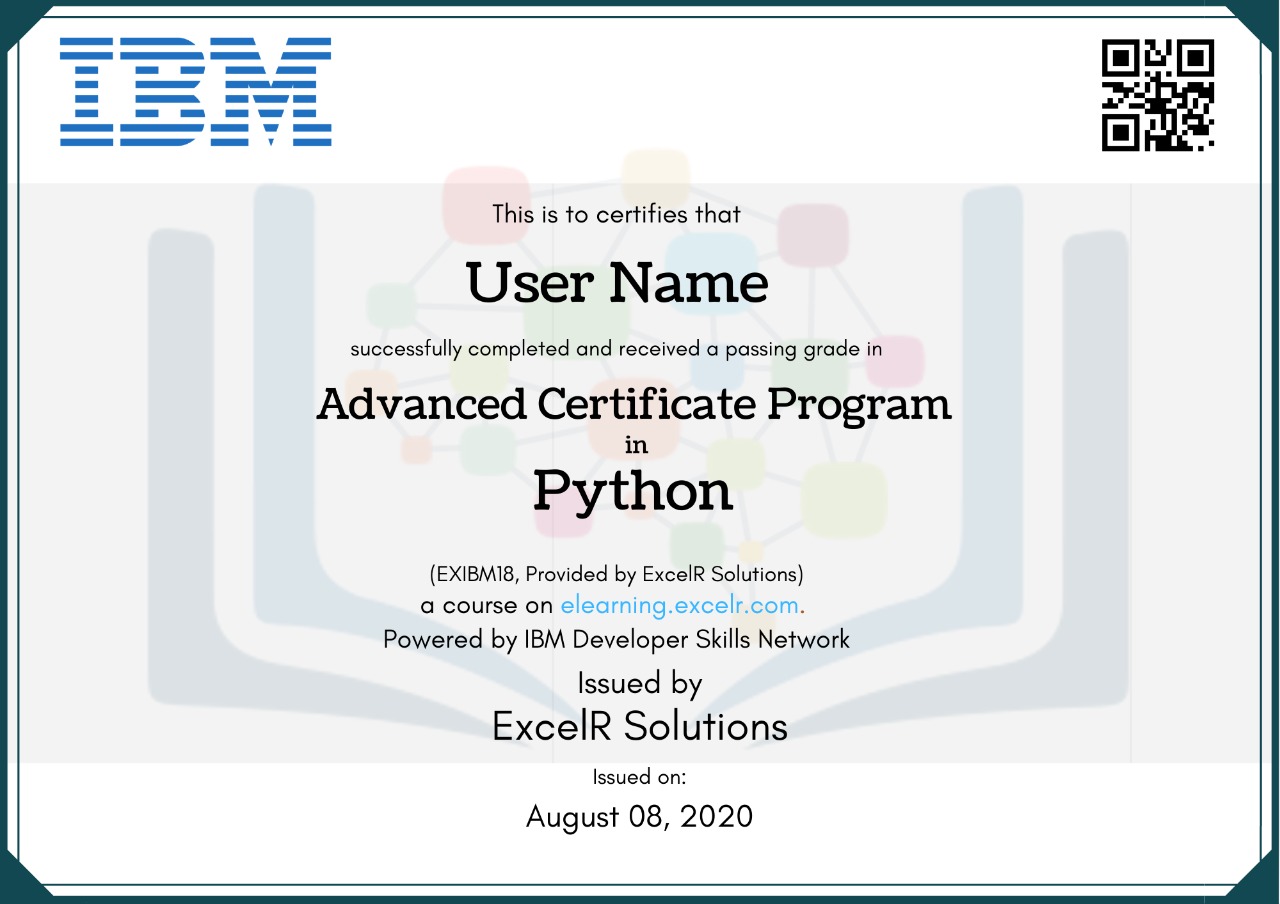Python ** Explained (Double Star Or Double Asterix)
페이지 정보
작성자 Rachelle Bennet… 작성일24-12-27 12:21 조회3회 댓글0건관련링크
본문
Consider a situation the place you are working with large knowledge units or performing quite a few calculations. In such a case, the optimum choice for memory and efficiency would possible be the double-star operator. The increased efficiency may lead to a more streamlined execution process, probably reducing the computational burden on your system. Efficiency : File handling operations in Python may be slower than different programming languages, particularly when coping with giant files or performing complicated operations. What is Python file dealing with? Python file dealing with refers to the technique of working with information on the filesystem. It includes operations akin to reading from information, writing to files, appending knowledge and managing file pointers. ] corresponds to the values. ] was used to face for the values. Loops are sometimes used to iterate and manipulate sequential data sorts. The for loop in Python may be very just like different programming languages. We are able to use break and continue statements with for loop to change the execution. Nonetheless, in Python, we are able to have non-obligatory else block in for loop too. I hope you've gained some interesting concepts from the tutorial above. When you have any questions, tell us in the comments below.
Thread Safety: When using customized capabilities in a multi-threaded surroundings, guarantee your functions are thread-safe. Consider using connection per thread.For extra advanced database operations, you may want to take a look at Python SQLite3 execute() Method Information or find out about committing modifications. SQLite's performance with customized Python functions. It enables you to implement specialized calculations and operations immediately in your SQL queries. We will get out of the for loop using the break statement. This may terminate the for loop execution and the code block won’t be executed for the remaining elements of the iterable. This is useful once we found what we are on the lookout for and don’t need to course of other parts of the iterable. Now, in case you are involved in understanding find out how to implement data science concepts with Python, you may go through this blog on Python Data Science tutorial. Further, try our provides for the Python certification course. You can too undergo these free Python Coding Interview Questions ready by business specialists.
It is necessary to know Python's fundamental ideas to put it to use efficiently. Variables are used to hold knowledge in Python and don't must be explicitly declared. A variable's knowledge sort is mechanically ascertained by taking a look at the value that is assigned to it. Control structures handle the stream of execution in a program. Object-oriented programming, which divides code into classes and objects, is supported by Python. Python has strong error and exception dealing with options that be certain the program can deal with unforeseen circumstances politely. The following desk lists the line plot kinds. Keep in mind that you can too use these styles with other sorts of plots. For example, a scatter plot can use these types to define each of the info points. When in doubt, attempt the types to see whether they’ll work with your explicit plot. It’s type of wonderful to think that IPython offers you with magic, however that’s exactly what you get with the magic functions. Most magic capabilities start with either a % or %% signal. Those with a % signal work throughout the surroundings, and those with a %% sign work at the cell degree.
Word: For more information, refer Python Sets. Dictionary in Python is an unordered collection of data values, used to retailer data values like a map. Dictionary holds key:value pair. Every key-worth pair in a Dictionary is separated by a colon :, whereas each key is separated by a ‘comma’. Observe: For extra info, refer Python Nested Dictionary. Every little thing in Python is treated as an object so every variable is nothing but an object in Python. A variable will be either mutable or immutable. If the variable’s worth can change, the object is known as mutable, whereas if the worth can not change, the thing is called immutable. We'll learn the difference between mutable and immutable types in the later part of this article.
In the Automate the Boring Stuff with Python online ebook, you'll learn about dictionaries, strings, debugging, regular expressions and extra. If you desire a video format, then you'll be able to go through the YouTube sequence that Al Sweigart put together. In this 12 hour YouTube Edureka course, you'll learn about functions, loops, lists, conditionals, error dealing with and more. This course may also talk about career alternatives in Python and wage expectations for Python developers. In this TechWorld with Nana YouTube course, you will learn about strings, variables, OOP, functional programming and extra. You will also construct a few projects including a countdown app and a venture centered on API requests to Gitlab. In Python, you can store values to variables. The value of a variable can then be changed all through the execution of this system. As you can think about, storing knowledge is essential to a pc program. As an example, a typical sport utility retains monitor of some sort of score. Behind the scenes, the score is a variable that's updated based mostly on sure actions. This can be a comprehensive information on variables in Python.

댓글목록
등록된 댓글이 없습니다.

